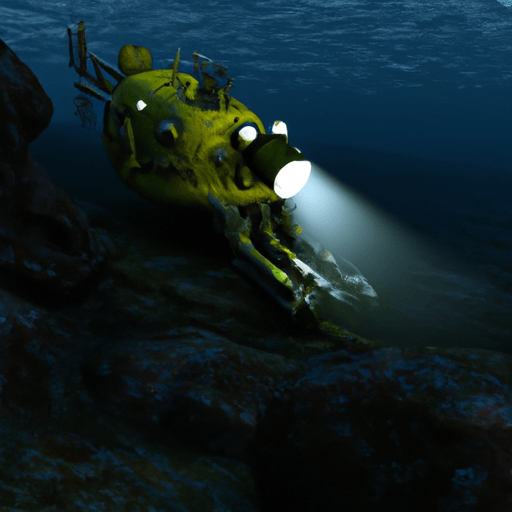Modern Tech: Transforming Deep-Sea Exploration
The vast ocean depths, which constitute more than two-thirds of the Earth's surface, were until recently considered inaccessible and inhospitable to human exploration. Thanks to modern technology advancements such as Autonomous Underwater Vehicles (AUVs), Remote Operated Vehicles (ROVs), and specialized deep-sea diving equipment, exploring this massive yet mysterious undersea world has become achievable and more precise.
Technological Tools in Deep-Sea Exploration
Autonomous Underwater Vehicles (AUVs)
Often referred to as the robots of the sea, AUVs make deep-sea exploration possible. These unmanned, programmable machines can dive to incredible depths to collect detailed data about the ocean's conditions and environments. Using a suite of onboard sensors and cameras, they capture critical information about temperature, salinity, depth, and even the ocean floor's topography. These data have given us new insights into the oceans' impact on global climate change and our understanding of deep-sea marine habitats.
Remote Operated Vehicles (ROVs)
Similar to AUVs, ROVs also play a pivotal role in deep-sea exploration. Unlike AUVs, these remote-controlled submersibles are connected to a control base on a ship above using a cable. They can go deep into the ocean where pressure levels and lack of light make it impossible for humans to venture. By carrying out intricate operations, they have notably expanded our knowledge of oceanography, marine biology, geology, and archaeology.
Specialized Deep-Sea Diving Equipment
Modern advancements in deep-sea diving equipment have also made a significant impact on deep-sea research. New technologies like rebreathers, full-face masks, and durable submersible suits have provided divers with longer bottom time and greater depth range. Furthermore, sophisticated imaging equipment allows scientists to document and study the ocean's wonders in unprecedented detail.
Challenges Overcome and Discoveries Made
Deep-sea exploration was once hindered by daunting challenges linked to extreme cold, darkness, and high pressure. The advent of advanced exploration tools has now conquered these hurdles. We've discovered giant squids in their natural habitats, identified unanticipated marine species, located historic shipwrecks, and even found hydrothermal vents, which have enormous implications for life science and Earth's climate history.
The Future Potential of Technology in Deep-Sea Exploration
Driven by the continuous evolution of technology, the future of deep-sea exploration promises to be filled with unprecedented discoveries. Technological advancements will undoubtedly offer even more accurate data, better images, and deeper forays into the abyss. While we have already done so much to expose the world beneath the ocean's surface, there remain vast, uncharted territories yet to be explored. Indeed, every new dive brings us closer to answering some of humanity's most profound questions about life on Earth and the very nature of our world.

















Comments
Leave a Comment